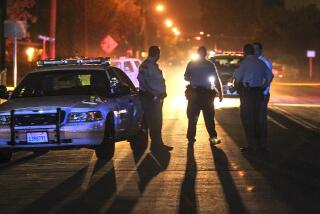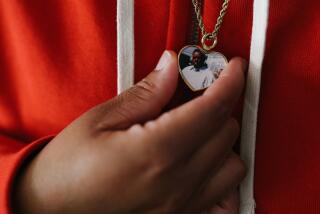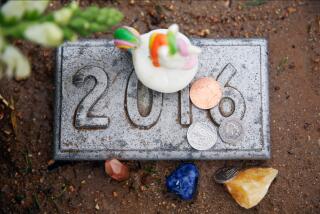
When people ask Kawana Anderson how she is these days, she responds with, “I’m doing.”
Nearly two years ago, on what would have been her son’s 17th birthday, she attended his wake. In a room adjacent to where he lay in his coffin was a cake with white frosting and green flowers. Her family sang “Happy Birthday.” The next day, he was buried.
I never got to meet John Givan Jr., but I know that he was a funny teenager who liked to play the drums and had a penchant for activism. His short life ended abruptly: He was walking on the sidewalk the night of Sept. 10, 2019, when a vehicle approached and he was shot.
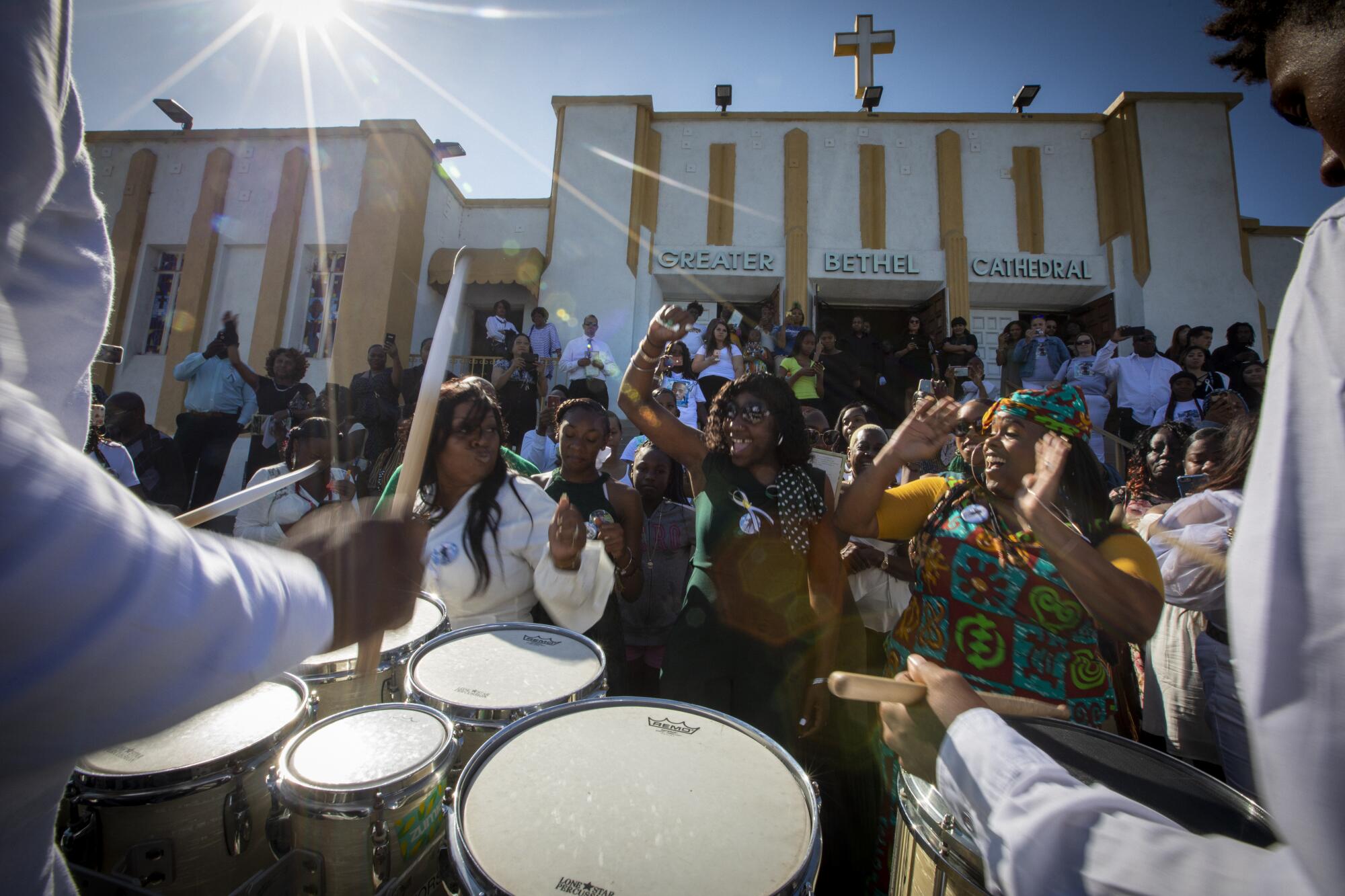
The case remains unsolved. That year, John was one of at least 540 people killed in Los Angeles County. His family was one of many I spent time with as the lead reporter for The Times’ Homicide Report, a database documenting each victim in the county.
For eight years, this was my assignment. Now, as I leave the beat and The Times to return to my home state of Arizona, I find myself reflecting on what I saw, learned and, most of all, felt while chronicling so much death.
I wrote about an 86-year-old widow who was stabbed in her home in tony Windsor Square. I met with the families of numerous teenagers gunned down, including a 14-year-old shot as he walked home from playing basketball and a 16-year-old who posted about the dangers of gang violence on social media only to become a victim of it.
Many times, people asked how I could write about such a sad topic. It’s because through people’s worst days, I witnessed their strength. They wanted to tell their loved ones’ stories; I just had the privilege of listening.
Perhaps the most startling lesson from this reporting was not seeing how people mourn the dead but how they carry on with life.
On July 4, 2013, I was called to my first homicide scene, the killing of Ervin Cavitt, the 26-year-old son of a prominent gang intervention worker. Cavitt was at a party celebrating a gang’s birthday, what’s called a “hood day.”
Detectives walked me through the scene, which was quiet and smelled of cigarettes. I remember looking at the neat lawns of nearby homes in Manchester Square, wondering if the residents would ever know what happened so close to their safe havens.
That August, an 18-year-old aspiring firefighter was killed while riding in a white Buick Electra with two friends. Detectives told me that there was no indication that Bijan Shoushtari was a target.
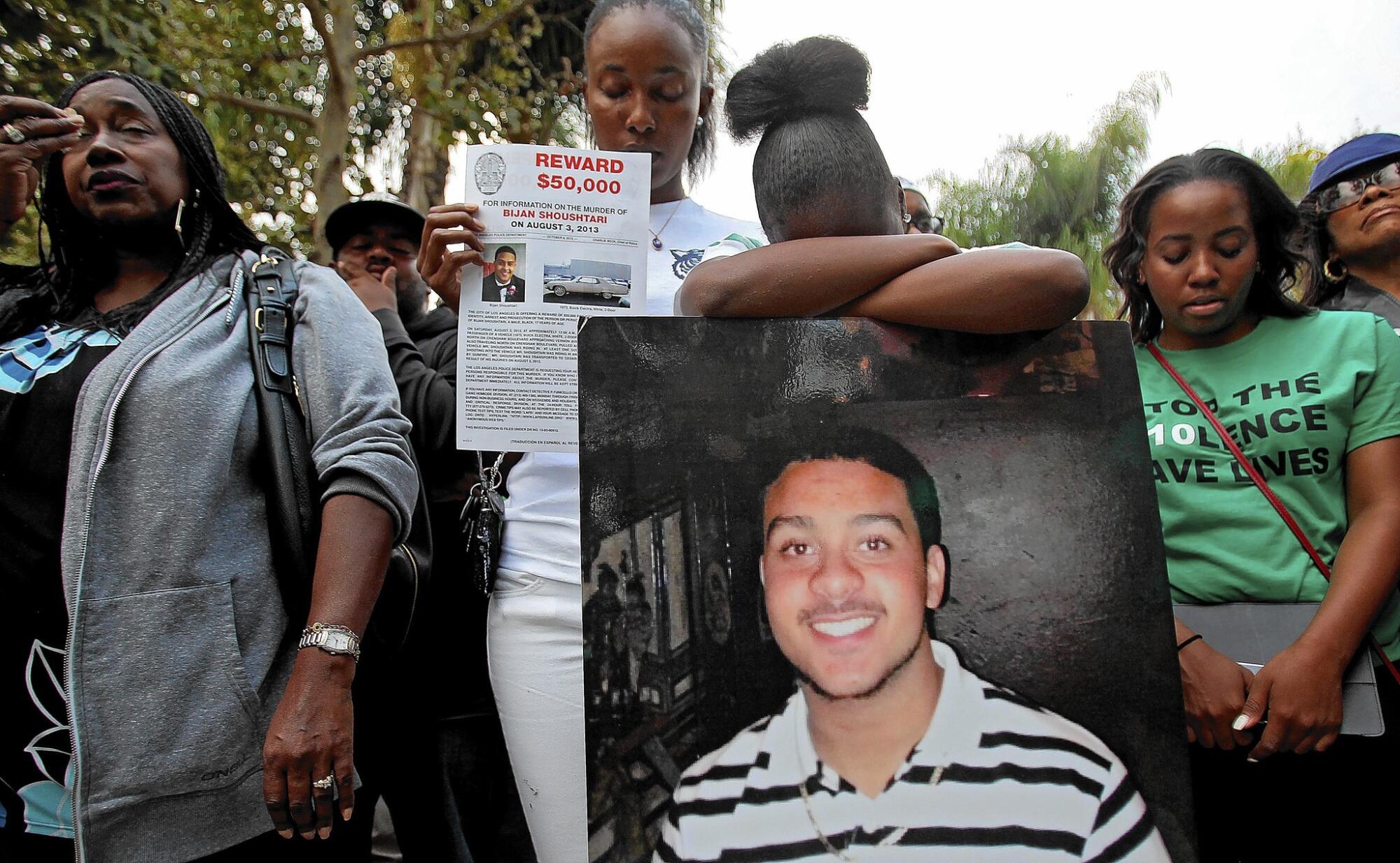
This was one of the first victims I covered who was probably mistaken for a gang member. The youngest of three children, Bijan came from a close-knit family who welcomed me into their home.
Bijan’s family showered me with anecdotes, and I kept thinking the eternal question so many others have asked: How could such a bad thing happen to such a good family?
Many times — after reporting from candlelight vigils, funerals and cemeteries — I drove away with a tight jaw and a lump in my throat. In 2015, after an elderly man was decapitated in his Inglewood apartment, I had nightmares. I had to start a fitness routine to quiet my wandering mind, and I started placing boundaries on my time and energy.
The next year, Autumn Johnson, a 1-year-old girl, was killed in Compton with a bullet meant for her father. I couldn’t get the image of her small white casket out of my head. I still can’t. Tears fell down my face as I drove on the 110 Freeway back to the office.
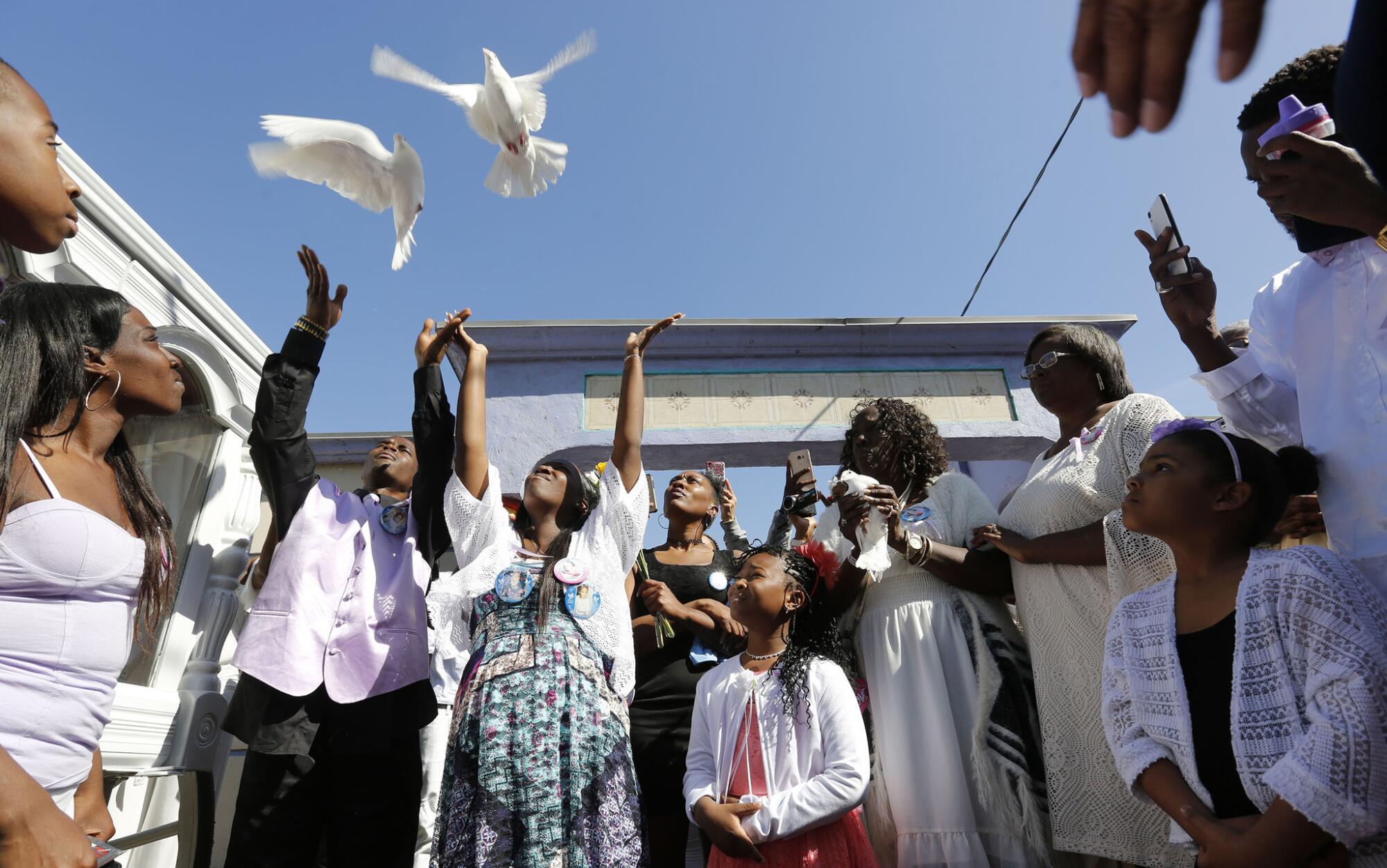
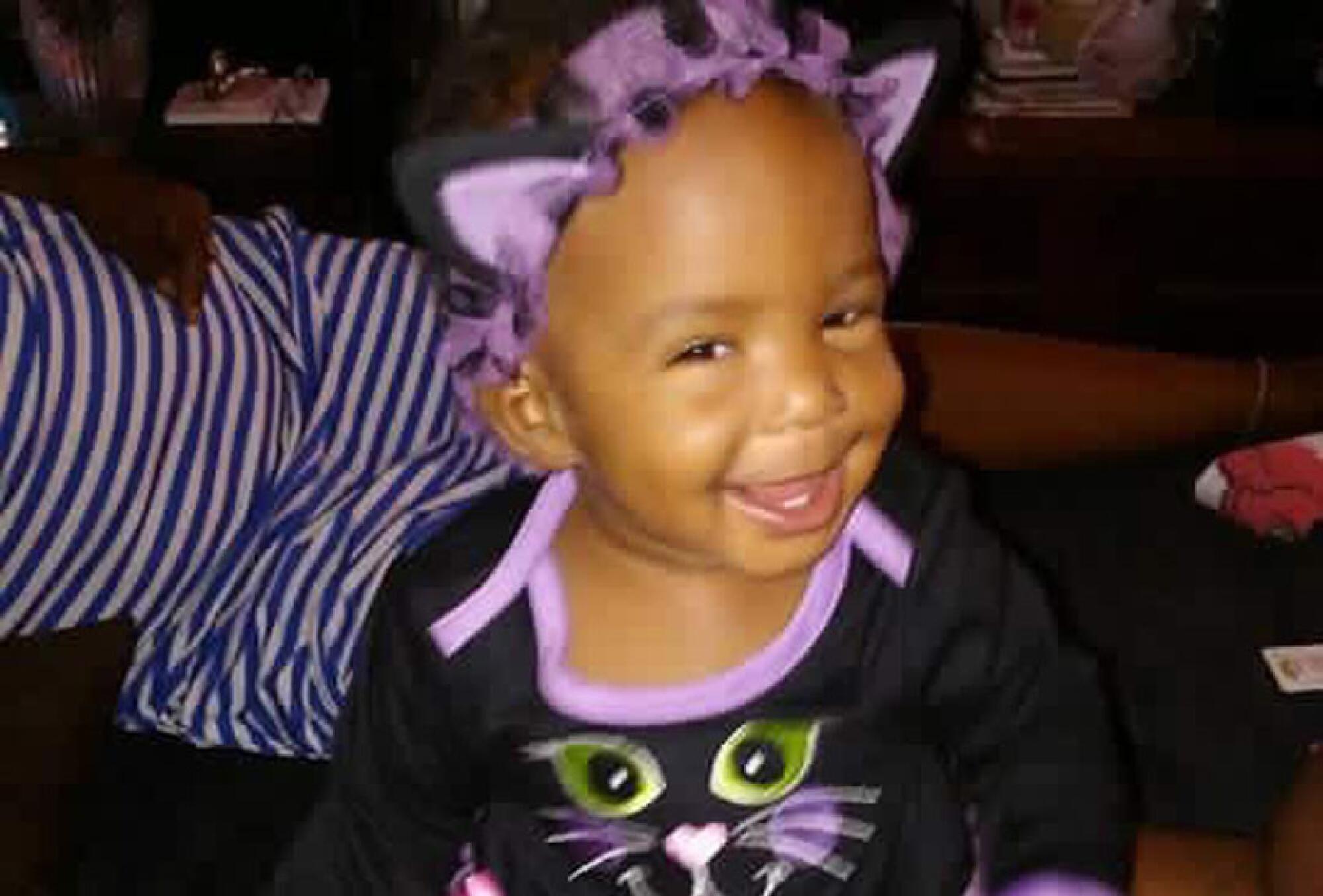
But no matter how difficult the reporting, I always felt that the mission of the Homicide Report — to give victims a voice — mattered.
While I was reporting, some sources would tell me about other family members or friends who appeared in the report. This was a point of pride, because the Homicide Report was sometimes the only place where these acts of violence were acknowledged. In the communities most hit by violence, there’s a sense of being left behind, of no one seeming to care.
The beat also showed me the parts of Los Angeles that people consider dangerous. As a Latina journalist who looks white, I had a pass in places where darker skin may have made me a target. I could venture from one gang’s territory to another. Many thought I was a social worker.
I got to know anti-violence activists in the Black community who for years have been fighting to make the streets safer. Although Black people comprise 9% of the Los Angeles County population, they represented 34% of the victims in 2020, a disparity that helps explain the passion of the activists. The more vigils and funerals I attended, the more I ran into family members I had met covering earlier homicides.
I also learned that the idea of closure is fiction. And the conventional idea of justice — a guilty verdict or plea, a person in prison — is much more complicated.

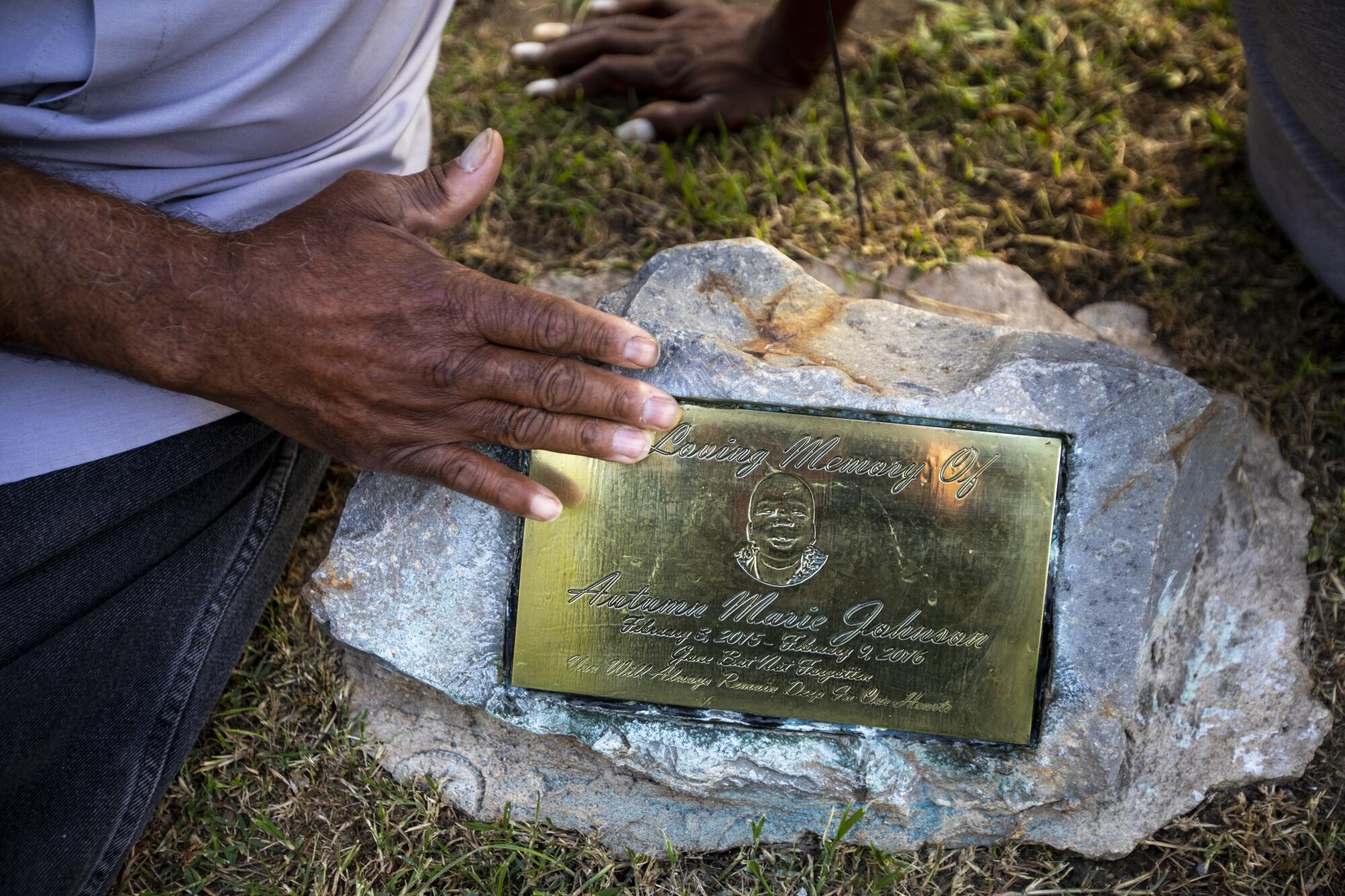
I met Jeffery Wandick the day after the 1-year-old girl, Autumn, was killed. She was his granddaughter. I walked up to his house and introduced myself. I sensed a notebook would only distract, so I put it away, and Wandick and I spoke about gang violence and the streets. I didn’t take any notes.
The night before, in February 2016, four men drove to what prosecutors called “enemy gang territory.” One man got out of the vehicle and shot at a house. Autumn was shot as she lay in her crib.
After reward offers and news conferences, four men were arrested and charged with murder, but Wandick knew that the prosecution would be difficult. Without a snitch, there wouldn’t be solid evidence, and eventually he stopped going to court to watch. In the end, the four pleaded to lesser charges.
“I just had to let it go,” he told me recently. “I won’t allow it to consume me.”
Instead Wandick remembers his granddaughter when he sees a beautiful flower or a bird flying free. In his frontyard he has a plaque engraved with her face.
“I’ll never forget about her,” he said. “I see Autumn every day because she’s the screen saver on every computer that I have.”
For Lenell Ellis, the sight of butterflies will always remind her of her slain son Robert. In March 2016, I met Ellis in her Torrance apartment after a man sprayed gunfire into a crowded South L.A. strip mall that included a toddler. The gunman could have been aiming for rival gang members, but he killed Robert, 27, who had just gotten a haircut.
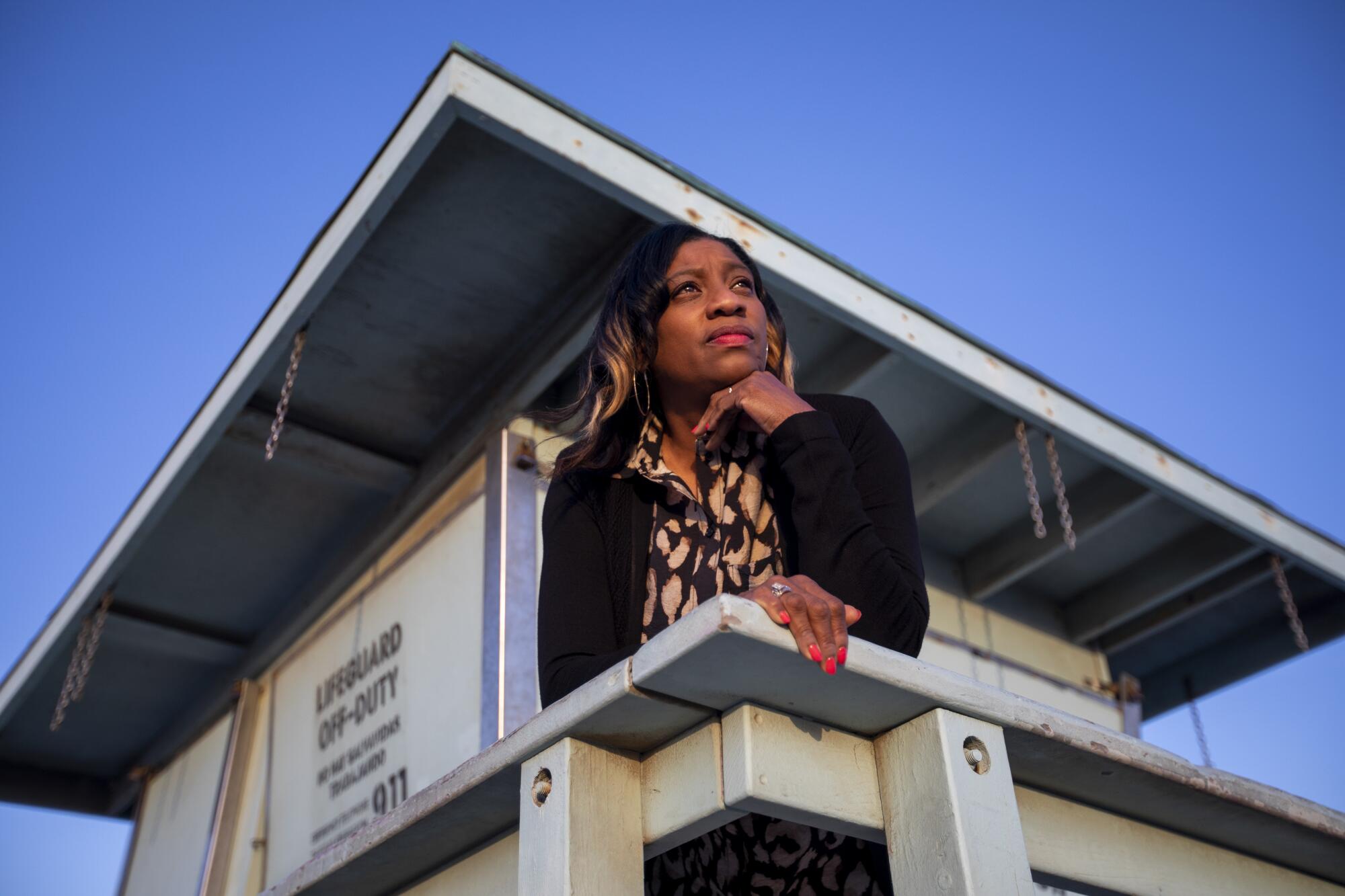

Back then she told me that when she visited the crime scene after the shooting, there was no sign that a life had been violently taken. She felt like the killing was invisible. Eventually, police found the shooter, who was convicted and sentenced to 90 years to life.
Sometimes she thinks about what Robert would be doing if he were alive. Each year, she celebrates his birthday with his friends. They eat his favorite foods, like crab legs and tacos, and share memories.
After he was killed, she found photos on his iPad of him with butterflies attracted to him like a magnet. Now, whenever she sees butterflies she thinks of her son.
“It feels like when I see those, it always happens to be the time I need to see them,” she said.
Recently I caught up with Bijan Shoushtari’s mother, Marsha. I recently became a mother, and Marsha a grandmother. We chatted about the babies, who are about a month apart in age.
I told Marsha that motherhood revealed why surviving relatives had so often asked me the same question. They wanted to know if I was a parent. I know now that those men and women were trying to show me the scale of their pain, that the immense love felt for a child is immediate and indescribable.
Marsha told me that, before Bijan’s death, she used to come home from work and see mothers who had lost a son or daughter on TV. She’d say, “I can’t imagine that happening to me.” Then, it did.
It has been eight years, and Marsha said she has been able to cope only because of the support of her friends and family. Her family speaks of Bijan often, and her grandson, Ace Bijan, is named after him.
His killing remains unsolved.
“People have asked me, ‘Won’t you be glad when you get closure?’” she said. “Sure, I’ll be glad when they’re caught, but that’s not going to bring me closure.”
Her sentiment echoed what Anderson told me a couple of days earlier. “I will never be OK,” she said.

I met Anderson in 2019 at a vigil for her son at his former high school. There, people wore shirts screen-printed with photographs of the teenager. People marched and shouted, “Justice for John!”
That was the first time that Anderson told me of her son’s activism. When he was 14, she took him on a caravan of volunteers that traveled from Sacramento to Arizona, New Mexico and Texas to protest anti-immigrant rhetoric. In a video montage from the trip, John is seen at the border talking through the fence.
“No human being is illegal,” he said. He’s also shown rapping about police brutality. “I refuse to let that be me,” he declared.
Recently, I checked in with Anderson. She said she continued to be proud of her son each day, but she constantly wonders why him, why her son? She consoles others experiencing the death of a loved one. In private, she tells herself that she has to move on, to live.
“I don’t try to use my son as an excuse to not do something or do something that I should not do,” she said. On the weekends, she spends time with Jordyan, his daughter, who is now 2 years old. She wears a locket with her son’s picture inside.
“My son left a piece of him behind,” she said. “I can only be grateful for that.”
At night, she sometimes leaves candles lighted outside her doorstep, for her son to find his way home.
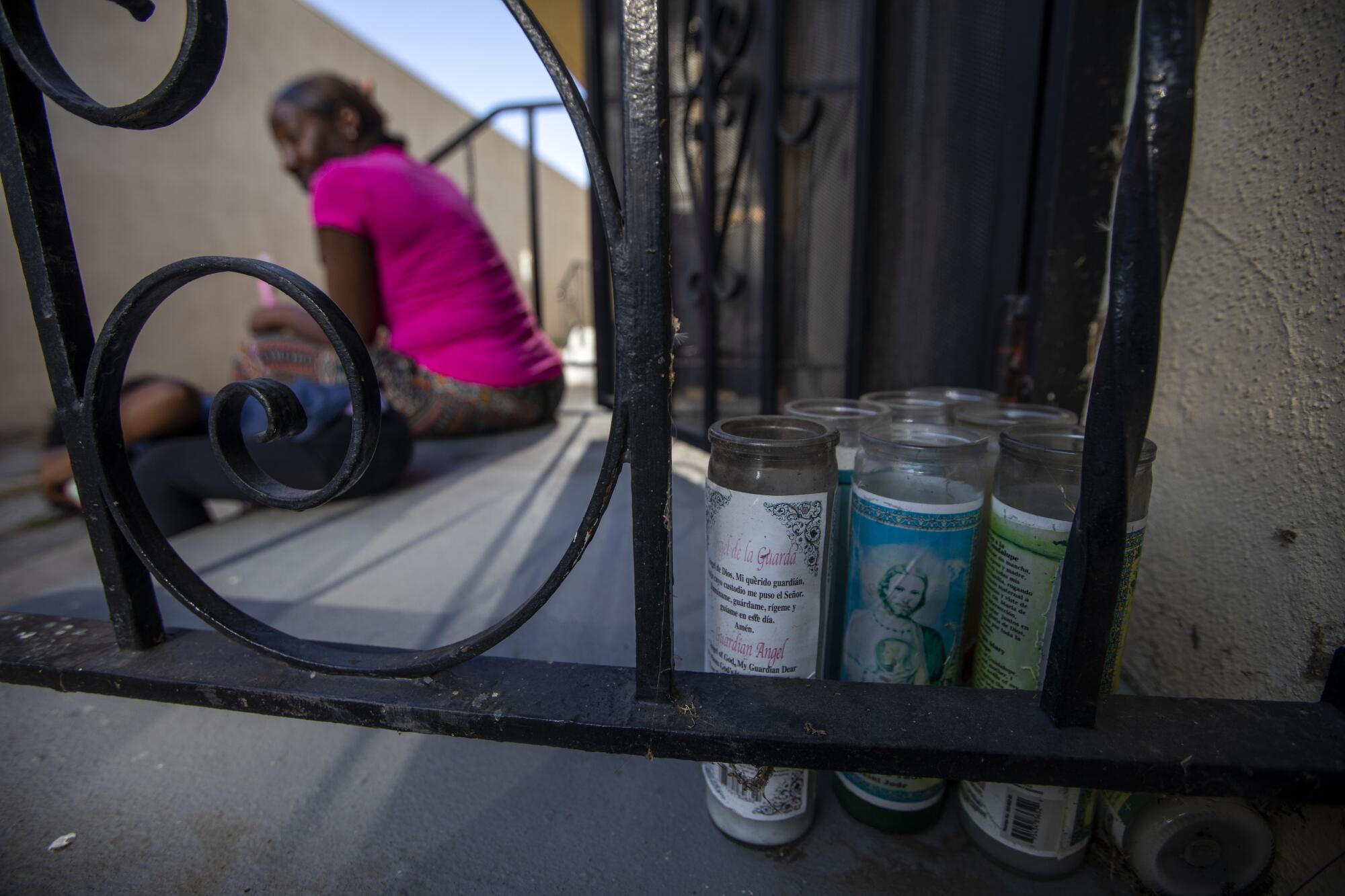
Santa Cruz, a former Times staff writer, is a reporter for ProPublica in Phoenix.
More to Read
Start your day right
Sign up for Essential California for news, features and recommendations from the L.A. Times and beyond in your inbox six days a week.
You may occasionally receive promotional content from the Los Angeles Times.
